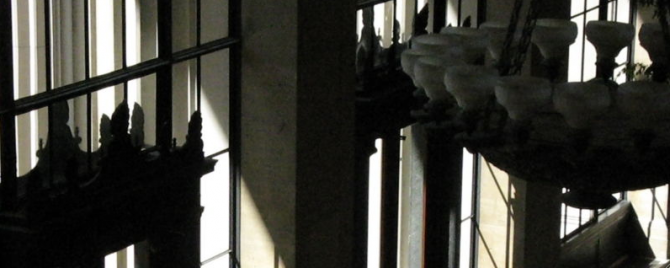20.109(F07): Journal article discussion
Contents
Journal articles to be discussed
- The news story by Erika Check called "RNA interference: hitting the on switch" published in Nature 2007 vol. 448 pp. 855-8
- The original paper by Long-Cheng Li et. al. "Small dsRNAs induce transcriptional activation in human cells" published in PNAS 2006 vol. 103 pp. 17337-42.
Questions to guide your reading
1. Read the news story by Erika Check first, noting particularly the reporters description of the motivation and path to RNA activation. You will compare this description to how the scientific authors describe their path to RNAa in the introduction to the paper they wrote in their paper. You should also note any other reactions you have to the news story. Does it raise any questions for you? Is there anything surprising there? Would you characterize the events as comedy or tragedy or neither?
2. Next skim the whole scientific article.
This means read the abstract once. Read the first and last sentence of the introduction. Read the subdivision headings of the Results section. Look at all the figures and their legends. Read the first and last paragraph of the Discussion.
3. Now it's time to really comb through the data.
We'll focus on the reported results, including the supplemental information. To help you organize the material, a few links and tables are given here.
Experimental matrix
| Treatments | Promoters examined | Cell types examined |
|---|---|---|
| dsRNA Aza-C (demethylase) |
E-cadherin p21 VEGF |
PC3 and DU45 (human prostate cancer cell lines) Hela (human cervical carcinoma) MCF-7 (human breast cancer line) HEK293 (embryonic kidney line) LNCaP (human prostate cancer) J82 and T24 (bladder cancer) |
For next time
- Calculate the volume for 4 ug, 2 ug, 1 ug and 0.5 ug of each RNA sample that you prepared. Show your work. Save a copy of your answer since you'll need to know this volume to perform your experiment.
- Please familiarize yourself with the basics of microarrays by reading NCBI's primer on the technique.
